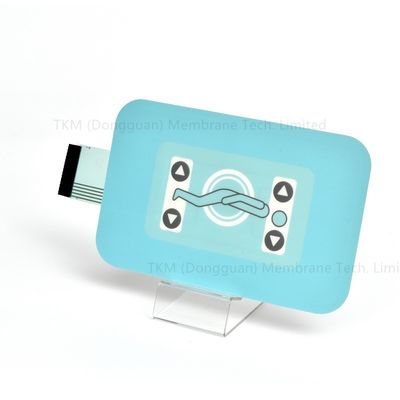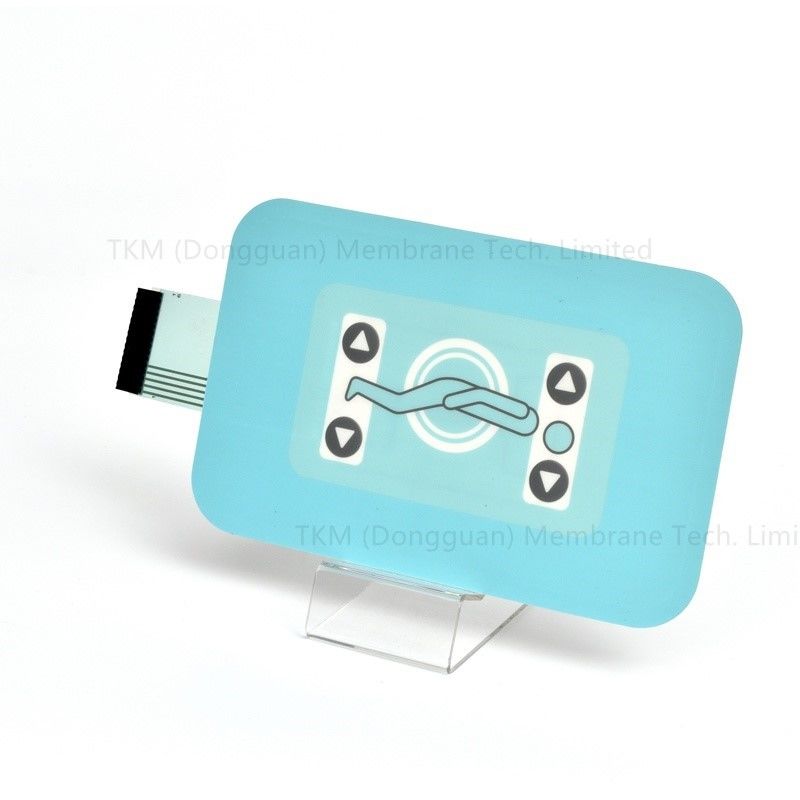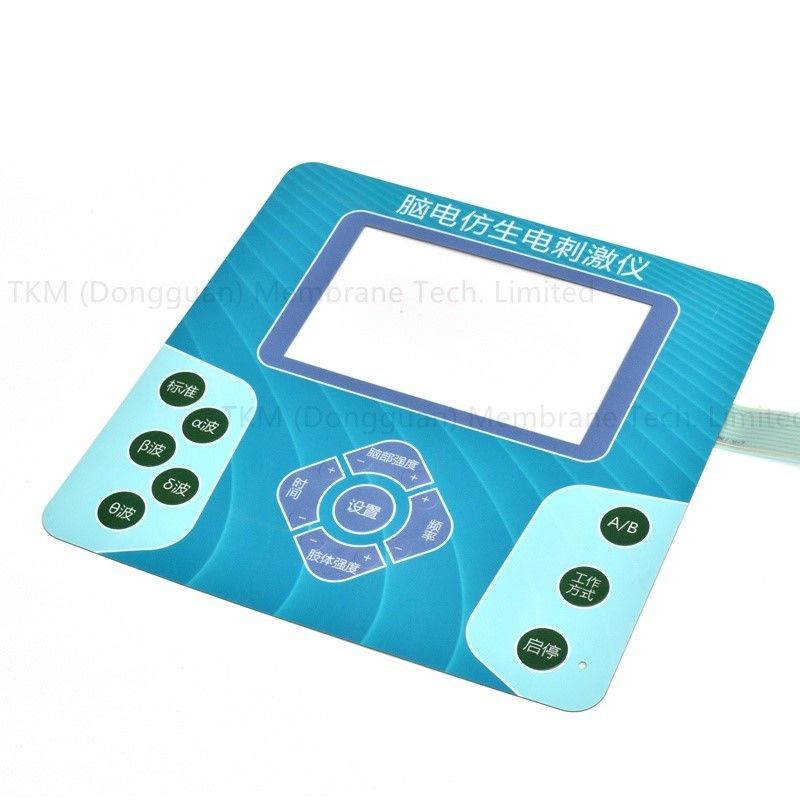
2.54mm Pitch Female Connector Membrane Switches With Embossed Buttons
-
Highlight
Embossed Buttons Membrane Switches
,2.54mm Pitch Female Connector Membrane Switches
,SGS Membrane Switch Keyboard
-
ApplicationMedical Device
-
Circuit TypeConductive Silver Ink
-
Contact Type2.54mm Pitch Female Connector
-
Embossed ShapePillow Emboss
-
Place of OriginChina
-
Brand NameTKM
-
CertificationISO9001,Material certs,SGS
-
Model NumberTKM069
-
Minimum Order Quantitynegotiation
-
PriceUSD/PCS
-
Packaging DetailsCarton packing
-
Delivery Time18-20days
-
Payment TermsT/T
-
Supply Ability100000pcs/month
2.54mm Pitch Female Connector Membrane Switches With Embossed Buttons
Multi Colors Medical Membrane Switches With Embossed Buttons
How Membrane Switches Can Improve Medical Device Product Design
![]()
The global market for medical devices is massive. Worldwide, the market is worth nearly $400 billion (with the U.S. representing about 40% of the worldwide market). However, a large and saturated market means serious competition and rising pressures on medtech companies to deliver products that stand out. As analysts from McKinsey and Co. write, “Continuing to deliver on shareholders’ expectations presents [medtech] companies with a substantial challenge.”
When it comes to the user interface with these devices, medtech manufacturers have several options. Here’s how one option in particular – membrane switches – can help create exceptional products perfect for healthcare settings.
Membrane Switches Offer Enhanced Product Durability and Lifespan
Medical equipment is subject to heavy wear and tear. Devices may be moved, re-positioned, or otherwise adjusted frequently. Then, the machines may require near-constant user interaction. With such heavy use, poorly designed machines will fail faster and cause user problems.
Any medical device is only as good as its weakest component, and the interface is usually the part of the device handled most frequently. A membrane switch stands out thanks to its sheer durability. In simple terms, a membrane switch is a graphic overlay on top of a layered, printed circuit that activates when the user presses a key. Because membrane switches contain no moving parts and can be produced in fully sealed designs, their reliability and durability are extraordinary.
Membrane switches can also be constructed with self-healing attributes, like Hoffmann + Krippner’s GT technology. This means that keys will resume their original shape even after taking damage.
Membrane Switches Present a Hygienic Option for User Interfaces
Medical facilities face a double conundrum: they are exposed to more contaminants and dangerous pathogens than most environments, and they must prevent the spread of these dangers.
As a result, medical devices – particularly those exposed to sick patients – must be resilient against environmental contaminants and pathogens like MRSA and E.coli.
Membrane switches can include an antimicrobial film. When microorganisms come into contact with the antimicrobial switch, protective agents within this film penetrate cell walls and prevent further growth. In this way, membrane switches can automatically protect against cross-contamination. With sealed designs, membrane switches can also withstand harsh industrial chemicals for further disinfecting. As a result, membrane switches fit perfectly into environments where hygiene is a high priority.
Membrane Switches are User-Friendly
Healthcare staff don’t want to spend unnecessary time interacting with the medical device; they need to get back to the patient as quickly as possible.
The design considerations here are manifold. The display needs to be easily visible from multiple viewing angles, and keys need to be designed to reduce data entry errors. Membrane switches can offer raised keys with tactile (or optical or auditory) feedback that helps to reduce errors. Then, bright – and colorful, if needed – LED lights can illuminate the touch pad and display, which is typically viewable from a wide range of angles – up to a full 180⁰.
Conclusion
Robust, reliable, easy-to-use, and hygienic: membrane switches make a perfect fit for medical devices. From a design perspective, they enable product engineers to use a healthcare-friendly human-machine interface that takes up very little space at less cost than alternative options.


